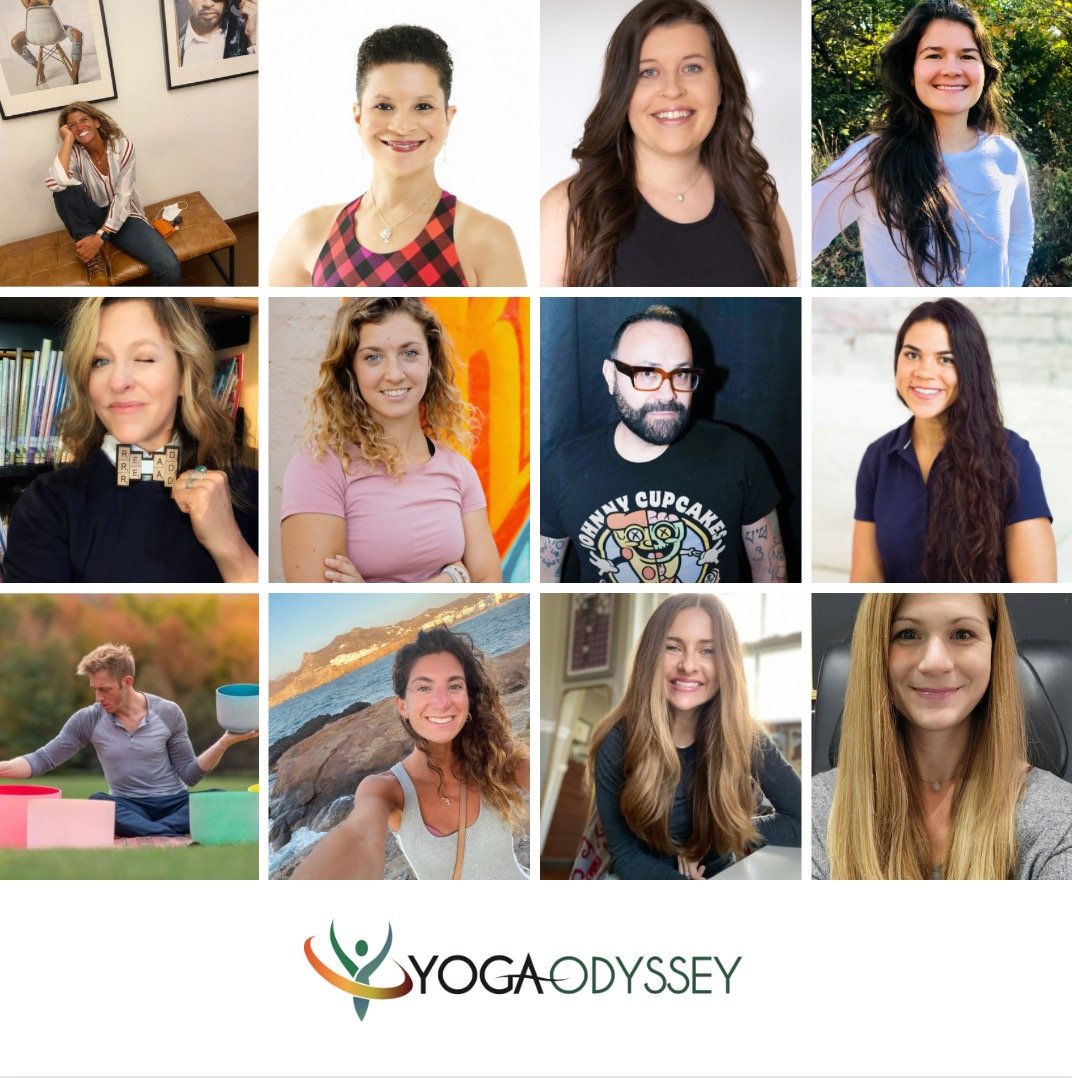Balancing Flexibility and Strength: Navigating the Yoga Path
For many of us, the perception of an accomplished yogi is marked by how deep we can push ourselves into a posture, how many different shapes we can make with our bodies, and — ultimately — how flexible we are. We set goals to lock our knees in a forward fold and press our hips forward in a low lunge because we assume that’s what yoga is supposed to look like; at face value, it looks graceful.
We come to yoga to stretch our muscles, as increasing our flexibility improves our mobility and protects us from injury. We strive for maximal flexibility, which is understood as a range of motion that goes beyond typical patterns of movement (such as a split). However, we can become too flexible. When our focus is lasered in on deepening our yoga postures, we neglect to activate our muscles, and we forget to strengthen and eventually call upon flexibility, rather than engagement, to hold a pose and transition through a flow.
In addition to not welcoming the full range of benefits of the practice, overstretching leads to hypermobility, which involves the stretching of ligaments and tendons. Ligaments and tendons are in place to assure that our joints stay healthy and stable. When we disengage our muscles to drive ourselves deeper into a posture, we have likely already surpassed the point of maximal flexibility. Instead, we are pulling on our ligaments and tendons, thereby pushing ourselves into hypermobility and putting our joints at risk. When we become hypermobile, our bodies lose the ability to restrict injury-inducing movement. Our joints are no longer anchored and our performance starts to deteriorate — even if it looks like we’ve mastered a new sequence.
Being too flexible is just as problematic as not being flexible enough. As practitioners of yoga, it’s important that we put our egos aside and make sure that our muscles stay engaged. It’s equally important to make sure we don’t push past the point of pain, even if we see someone in a deeper variation.
Every body is built differently and has its own set of limits; it’s vital to our health that we honor ours. Muscles can be stretched and lengthened to reach maximal flexibility, but the skeletal system — including the joints and the tissues that keep them in place — should remain secure. We can avoid hypermobility through yoga by finding more muscularly-engaged postures, as well as in everyday life by maintaining good hydration, wearing proper footwear, and responding to our body’s signals.
Through these actions, we can assure that we sustain our performance, optimize our strength, and improve our overall health and longevity. With this in mind, we encourage you to continue to support your joints and your entire skeletal system — both on and off your mat.

